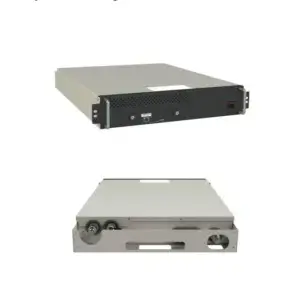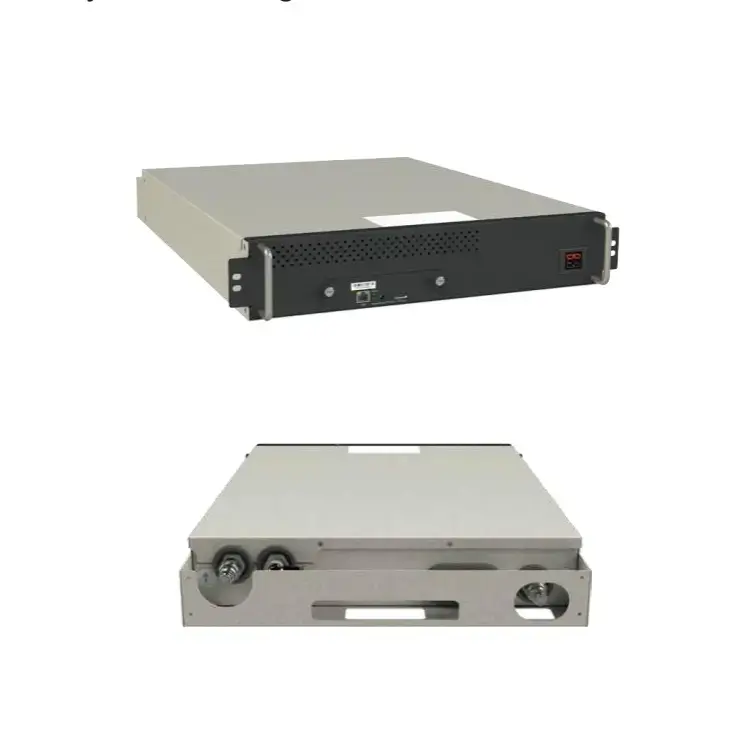Why More Miners Are Switching to Liquid Cooling in 2025.
As cryptocurrency mining becomes more competitive and energy-intensive, miners are constantly seeking innovative ways to improve efficiency and reduce operational costs. One of the most significant trends emerging in 2025 is the widespread adoption of liquid cooling technology in mining operations. This shift is not just a matter of preference — it’s a strategic move driven by performance, sustainability, and economic factors.
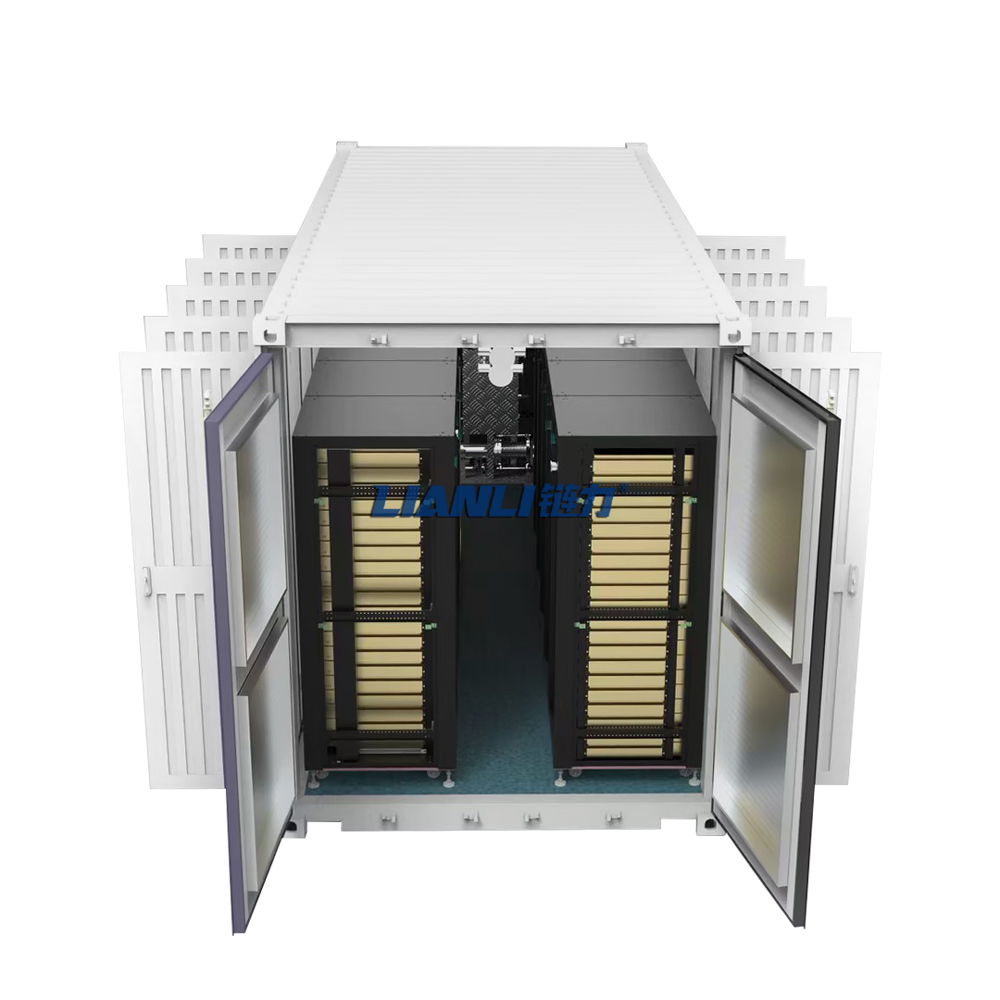
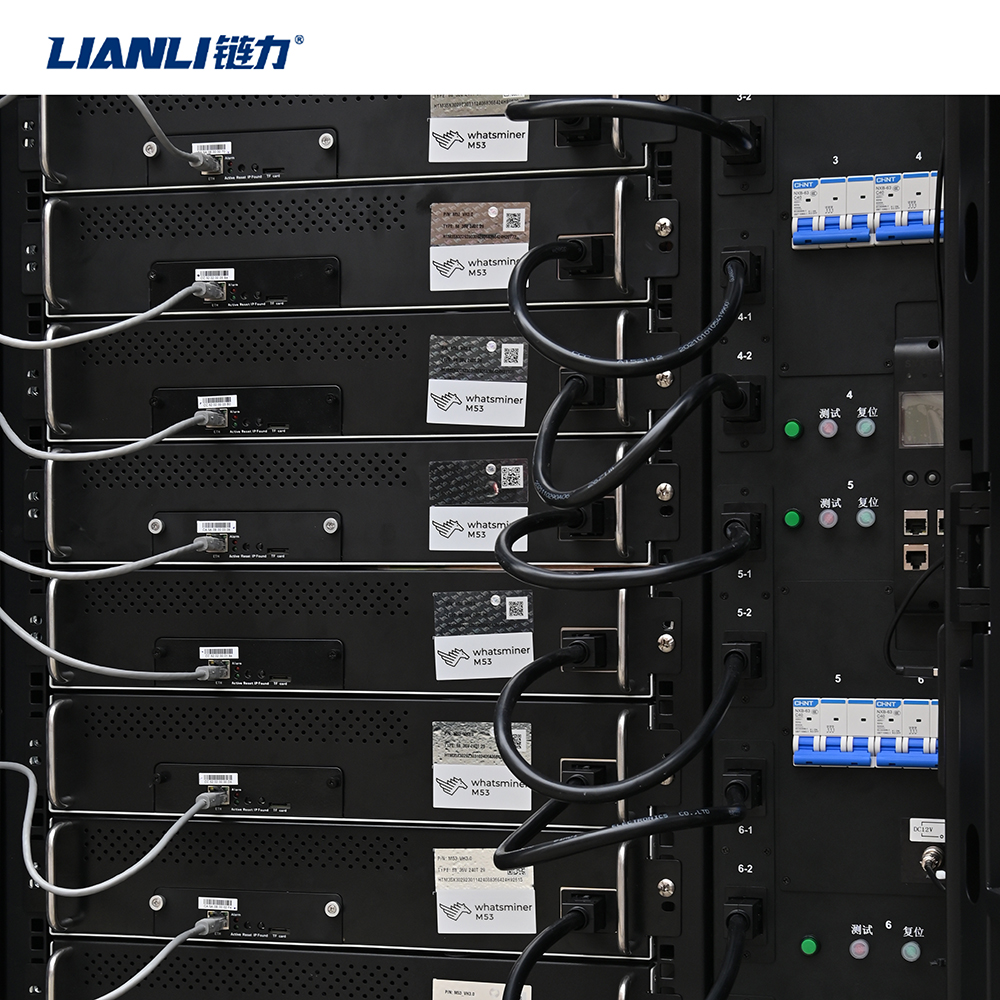
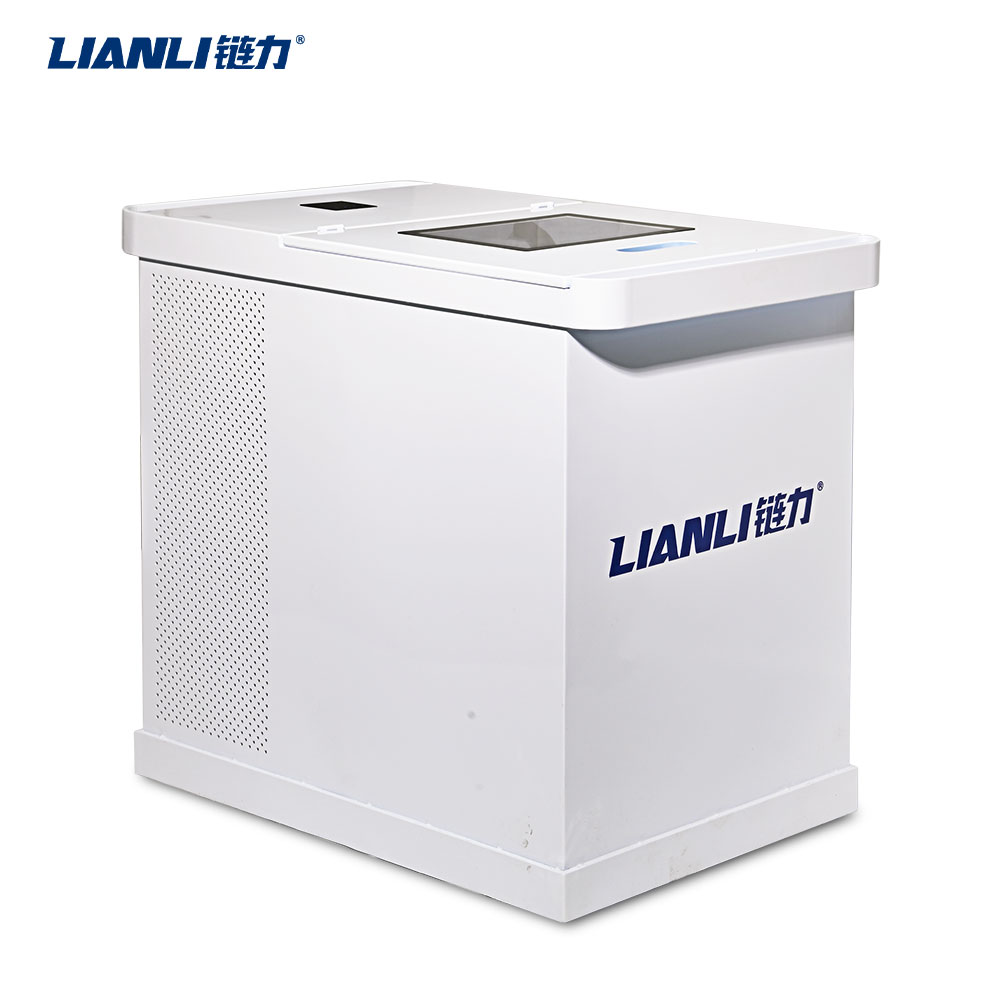
The Limitations of Air Cooling in Modern Mining
For years, air cooling has been the go-to method for managing the heat generated by mining rigs. However, as mining hardware becomes more powerful — especially with the rise of ASIC miners and high-performance GPUs — traditional air cooling systems are struggling to keep up. Air cooling is inefficient in high-density setups, often leading to overheating, reduced performance, and higher energy consumption. In large-scale mining farms, the noise and space requirements of industrial fans also pose logistical challenges.Liquid Cooling: A Game-Changer for Mining Efficiency
Liquid cooling, on the other hand, offers a far more effective solution. By directly cooling components using thermally conductive liquids — often dielectric fluids that do not conduct electricity — liquid cooling systems can remove heat more efficiently than air. This results in lower operating temperatures, which in turn allows mining hardware to run at optimal performance without throttling. The improved thermal management also extends the lifespan of the equipment, reducing maintenance costs and downtime.Energy Efficiency and Cost Savings
One of the biggest concerns for miners is the cost of electricity. Liquid cooling systems can significantly reduce power consumption by minimizing the need for additional cooling infrastructure, such as fans and air conditioning units. In fact, some liquid cooling solutions can reduce cooling-related energy use by up to 90%, making mining operations not only more profitable but also more environmentally friendly.Scalability and Space Optimization
As mining farms grow, so does the need for scalable and space-efficient solutions. Liquid cooling allows for higher-density setups in smaller spaces, which is particularly valuable in urban areas or regions with limited land availability. Because liquid cooling systems are compact and silent, they are also ideal for co-location centers and residential mining setups where noise and space are concerns.



